- News
- Reviews
- Bikes
- Components
- Bar tape & grips
- Bottom brackets
- Brake & gear cables
- Brake & STI levers
- Brake pads & spares
- Brakes
- Cassettes & freewheels
- Chains
- Chainsets & chainrings
- Derailleurs - front
- Derailleurs - rear
- Forks
- Gear levers & shifters
- Groupsets
- Handlebars & extensions
- Headsets
- Hubs
- Inner tubes
- Pedals
- Quick releases & skewers
- Saddles
- Seatposts
- Stems
- Wheels
- Tyres
- Tubeless valves
- Accessories
- Accessories - misc
- Computer mounts
- Bags
- Bar ends
- Bike bags & cases
- Bottle cages
- Bottles
- Cameras
- Car racks
- Child seats
- Computers
- Glasses
- GPS units
- Helmets
- Lights - front
- Lights - rear
- Lights - sets
- Locks
- Mirrors
- Mudguards
- Racks
- Pumps & CO2 inflators
- Puncture kits
- Reflectives
- Smart watches
- Stands and racks
- Trailers
- Clothing
- Health, fitness and nutrition
- Tools and workshop
- Miscellaneous
- Buyers Guides
- Features
- Forum
- Recommends
- Podcast
review
 BMC Roadmachine AMP ONE
BMC Roadmachine AMP ONE£7,600.00
VERDICT:
A fast road e-bike with flattering handling that's partnered with an awesome motor system
Smooth torque from the X20 system
Good battery range
Flattering handling
High stiffness levels
Quite a firm ride on UK roads
Hub motor limits wheel upgrades
Weight:
12,080g
Contact:
At road.cc every product is thoroughly tested for as long as it takes to get a proper insight into how well it works. Our reviewers are experienced cyclists that we trust to be objective. While we strive to ensure that opinions expressed are backed up by facts, reviews are by their nature an informed opinion, not a definitive verdict. We don't intentionally try to break anything (except locks) but we do try to look for weak points in any design. The overall score is not just an average of the other scores: it reflects both a product's function and value – with value determined by how a product compares with items of similar spec, quality, and price.
What the road.cc scores meanGood scores are more common than bad, because fortunately good products are more common than bad.
- Exceptional
- Excellent
- Very Good
- Good
- Quite good
- Average
- Not so good
- Poor
- Bad
- Appalling
The Roadmachine AMP One is from BMC's road e-bike line-up, and it's a belter. It may come with easy-to-live-with endurance geometry, but the firm ride and stiff frameset mean it is very much about performance. Mahle's latest motor system offers a smooth and intelligent power boost, which really allows you to ride harder for longer, with the added weight of the motor and battery never a major concern.
> Buy now: BMC Roadmachine Amp One for £7,600 from Tredz
Ride
The Roadmachine is BMC's do-everything road bike – it's not quite a full-on race bike, but neither is it a relaxed, slow-steering long-distance machine. And it's well up there with a lot of entries in our best electric bikes buyer's guide, which rounds up all sorts of e-bikes from e-road bikes to e-cargo machines and more.
Add to this the Mahle X20 motor system and you have a bike that is definitely an all-rounder that delivers a boost of power away from the line, or on long, draggy climbs.
If you are looking at the AMP One, you're at least toying with the idea of getting an e-bike, so we'll kick off with the electric power side of things.
First up, let's ignore the overall weight. The only time you are going to notice AMP One's 12.08kg weight is on climbs that you hit at speed, when it will take a few seconds for the speed to drop down to the 25kph limit for the motor kick in.
In every other circumstance, the motor kicking in smoothly negates the weight, or if you're riding above the motor's assistance speed you are travelling fast enough that weight isn't really a concern.
I'll go into more details later, but it is safe to say that this X20 system delivers the power in a progressive manner, and it's adaptable too. There is no surge in or out of the power like you get on some urban bikes.
In fact, it just feels like you are riding with a tailwind all the time – and who doesn't want that?
Is it cheating? No, absolutely not. You can control the amount of power assistance you want to use, so you can make the ride as hard or as easy as you like.
As for the bike itself, the Roadmachine is easy to ride. The slightly relaxed front end delivers well-balanced steering, and it doesn't take a huge amount of your input to keep it pointing in the right direction.
That's a big help if you are out on a big ride or on a route where you don't really know the roads. It means that when fatigue slows your reactions or when you are focusing on the road, you don't have to constantly tweak the steering.
The couple of months I spent testing the Roadmachine has seen me riding on salt-covered roads and all the greasiness that comes from that. You get great feedback from the frame and fork, so that when you're entering a roundabout or corner and your tyres start to slide, the handling gave me the confidence that I could just make small corrections to the steering to regain traction, so there was none of the under-correction that can happen with fast-steering bikes.
On high-speed descents the AMP One is involving enough to have a giggle and I never felt the need to back off on any of my favourite downhills. Occasionally, if I had to tweak my line for one of those many newly developed potholes, or where gravel had been washed onto the carriageway, I wanted a bit more precision, but those points were few and far between.
It helps that the AMP One's weight gives it a planted feel too, especially over rough road surfaces. Though thanks to the BMC's geometry it still manages to feel quite nimble.
The BMC is very stiff, which helps on those out-of-the-saddle efforts and keeps things tight in corners. That does translate into quite a firm ride on Britain's roads. I wouldn't say the stiffness is over the top, or that the bike is uncomfortable or harsh, but it's not as plush as some bikes I've ridden.
I was particularly impressed with the fork, and in spite of its slender legs it was stiff enough to cope with braking from high speed and hard cornering, while simultaneously bringing a smoothness to the front end.
If you find yourself on a long, flat section the AMP One feels quick. It's no aero bike, but it is a bike that allows you to to just sit in the saddle and put your power down.
From a riding point of view I liked the AMP One. Its handling isn't the best out there and it's not the most comfortable, which may seem like damning it with faint praise but there was nothing about the BMC that disappointed me. And for those big-mile days, it's a great companion.
Frame and Fork
TCC stands for Tuned Compliance Concept, and it's something that BMC incorporates into its frame and fork designs, with each tweaked slightly depending on what the bike is designed for.
The Roadmachine features 'TCC Endurance', which focuses more on vertical compliance than the more race-orientated bikes in BMC's line-up. This is achieved by a combination of carbon fibre layup and tube profile design.
This means that you get a fork steerer that is straight rather than tapered, which reduces front-end stiffness, while the dropped seatstays are also designed to increase compliance.
The down tube-mounted battery and the wiring coming from it do mean that the Roadmachine AMP has a slightly beefier build than the standard Roadmachine, so even with these considerations for comfort, it is still a very stiff bike.
As with a lot of today's machines, the BMC doesn't exactly scream e-bike at first glance.
The D-profile carbon seatpost brings some flex to the ride though, and with the slightly sloping top tube there is a fair amount of post exposed, even if you are towards the lower end of the recommended height for the size of frame you are riding.
The Roadmachine AMP is available in six sizes ranging from a 47cm to a 61cm, which corresponds to top tubes from 522-583mm.
The geometry is a blend of race and endurance, with the 74.2° seat angle putting you in quite a forward position, which helps you put the power down.
Only the top three sizes, starting with this 56cm frame, have wheelbases over a meter long. Our bike's 1008mm wheelbase is paired with 410mm chainstays, which help to give the BMC a nimble feel.
The front end, however, is quite relaxed, with a relatively slack 72° head angle paired with a 45mm fork rake.
The 181mm head tube and 556mm top tube deliver stack and reach figures of 586mm and 390mm respectively.
I would say that in this build BMC has served up a very clean-looking build. Only the brake hoses are on display before the rear enters the down tube and the front disappears into the fork.
As for mounts, the Roadmachine AMP is very much racier road bike, so you won't find any points for mounting mudguards or bento boxes; all you get is two bottle mount positions.
The PF86 press-fit bottom bracket started to creak a little after about 300 miles on wet and salty rides, but after a thorough clean this has disappeared.
Motor system
Most of the road e-bikes I've ridden so far have been powered by the Mahle ebikemotion X35 – the motor of choice, and for good reason. It delivers the power smoothly, and if you choose your modes sensibly you easily get a range of 100 miles.
Mahle has since released the X20, which is what BMC has gone for here. Because of UK rules power is still limited to 250 watts, but the X20 gets a 37.5% increase in peak torque over the X35. At the hub it measures 28Nm, which equates to a 55-60Nm mid-drive motor once drivetrain, gearing and power transfer losses have been taken into account. That's up from 40Nm on the X35. The X20 also gets a pair of new sensors that measure applied torque and cadence at the bottom bracket.
For me this is the biggest change, as not only does the X20 offer a bit more punch, but those sensors and the 'artificial intelligence' programming are also much more responsive to your input.
I've been riding this bike for quite a few months, and it feels as if we have adapted to each other. Depending on my cadence and how much pressure I put through the pedals, I was able to manipulate the power delivered.
There are two battery options: the iX350 that BMC fitted that delivers 350Wh, and the less powerful 250Wh iX250.
The iX350 gives an impressive range. For instance, on a 75km ride with 600m of climbing I used 59% of the battery with it on full for the whole ride. Okay, the motor is only working when I was riding below about 25kph (15.5mph), but I'd say that's pretty impressive.
A 70km commute to the office and back with 820m of climbing saw me use the same amount of battery power, so it is at least consistent.
To further increase range, you can add a 172Wh battery extender that is shaped to fit into a standard bottle cage.
The system's three assistance levels are controlled by the power button integrated into the top tube. A long press turns the system on or off, with a quick press scrolling through the modes. An LED strip below the button shows the mode, Green, Orange or Magenta, and as the battery level drops so does the length of the LED strip.
You can use the ebikemotion app to customise the power outputs of each mode to maximise battery life, and it will also speak to computer head units.
It's quick to charge too, reaching 80% from flat in an hour, costing about 4p per hour according to my smart meter. After that, charging slows and it takes another couple of hours.
The charge point is located behind a rubber cover at the bottom of the seat tube, with the battery designed to be charged in situ rather than removed.
I rode the BMC in some very heavy rain, and I had no issues with either the charge point or motor.
An improvement is that the X20 does away with the X35's external wiring and the bolt-on axles, so it works with a standard thru-axle, and you drop the rear wheel out just like you would on a standard road bike.
The whole system weighs just over 3kg, down by around 500g over the X35.
Finishing Kit
BMC hasn't just gone electric with the power plant – it has also gone for electric gearing courtesy of SRAM Force eTap AXS.
And it's a great groupset.
As I've said before, I'm a big fan of the SRAM chainrings that are smaller than you'll typically find on Shimano or Campagnolo's chainsets, when paired to the wide-ranging 12-speed cassettes. The BMC is wearing a 46/33T chainset paired with a 10-36T cassette.
With this setup, I barely used the small ring, especially with the motor assistance, on anything other than the steepest climbs. Even without the motor kicking in I found the gearing efficient and you're never going to spin out on the 46x10T top gear, which is a fraction higher than the familiar 50x11T (122.79in compared with 121.45in!).
There are some quite big jumps between the bigger sprockets (lower gears), but these are bailout gears so it's not such an issue trying to keep your cadence in the sweet spot. Shifting is precise and simple.
You only have one paddle/button on each shifter – you press the right-hand shifter to drop the chain drop the chain down the cassette for a higher gear, and the left to move to a lower gear.
Press both together and it shifts the chain to the other ring. You won't be surprised to hear that it's customisable using SRAM's app.
BMC has gone for 160mm disc brake rotors front and rear.
Normally I'd say 140mm is plenty on a road bike, but it's nice to have a bit more material to grab onto with a bike of this weight.
The cockpit features BMC's own ICS1 stem and RAB 02 shallow-drop handlebar, which I liked and got a lot of use out of.
The carbon fibre AMP Premium seatpost has 15mm of offset and the saddle is Fizik's Taiga. I've not come across the Taiga before and I can't say I'm sorry as it was the one component I didn't get along with, as I prefer a saddle with a bit of shape to it.
You're never going to get a super-light set of wheels on an e-bike with a rear hub motor, and BMC has gone for a bit of a belt-and-braces approach to cope with the power and torque. There are 28 spokes front and rear and the tubeless-ready carbon fibre rims are 35mm deep.
It's a tough wheelset and I had no issues with reliability, though upgrades will be limited because of the Mahle hub.
The Vittoria Rubino Graphene 2.0 tyres are good for general training and general riding. They've certainly proved durable over winter, but for summer I'd go for something a bit grippier and faster rolling.
And while it comes with 28mm rubber, the frame and fork have clearance for tyres with a measured width of 33mm.
Value
This Roadmachine AMP is priced at £7,600. Other road ebikes of a similar price include the £7,299 Scott Solace eRide 20. It comes with an Ultegra Di2 groupset, carbon wheels and thanks to stem that directs the hoses into the head tube, it has a pleasingly clean look. The torque output of the TQ mid-motor system looks to be similar to the BMC's.
Scott's Addict eRide 10 uses the Mahle X20 system, costs £6,799 and comes with Ultegra Di2. I rode the £9,199 Premium model, which is no longer available.
Ribble's flagship Endurance SL e model, the Hero comes with Dura Ace Di2 and costs £7,599, but it has the Mahle X35 motor. There's nowt wrong with that, but the X20 is better.
The Hero Ultegra Di2 build with Mavic Cosmic SL45 Carbon wheels looks reasonably priced at £5,199.
Conclusion
The Roadmachine AMP has the ride of a race bike, but the geometry of an endurance machine – which makes it a fun bike to ride fast. Having the electric assistance, and the extra weight associated with it doesn't change the DNA of the BMC either, in fact it enhances it. It's up against some tough opposition on price, but not by a huge amount taking everything into consideration.
Verdict
A fast road e-bike with flattering handling that's partnered with an awesome motor system
road.cc test report
Make and model: BMC Roadmachine AMP ONE
Size tested: 56
About the bike
List the components used to build up the bike.
Drive Unit: Mahle X20
Battery Pack: Mahle iX350 - 350Wh (Optional 172Wh Range Extender)
Charger: Mahle X20 Active Charger
Chainwheel: SRAM FORCE AXS 46-33T
Cassette: SRAM FORCE XG-1270 10-36T
Chain: SRAM FORCE 12 Speed
Rear Derailleur: SRAM FORCE eTap AXS
Shifters: SRAM FORCE eTap AXS HRD
Brakes: SRAM FORCE eTap AXS HRD - Centerline XR Rotors (160/160)
Handlebar: BMC RAB 02 - Ergo Top Shape - Compact Bend
Stem: BMC ICS1
Seatpost: Roadmachine AMP Premium Carbon D-Shaped Seatpost, 15mm Offset
Saddle: Fizik Taiga
Hubs: CRD-321 - Ebikemotion
Rims: CRD-321 Carbon - Tubeless Ready - 35mm
Tyres: Vittoria Graphene 2.0 - 28mm
Tyre Clearance: 33mm (Measured Width)
Weight Limit: 120Kg
Tell us what the bike is for and who it's aimed at. What do the manufacturers say about it? How does that compare to your own feelings about the bike?
BMC say, "The Roadmachine AMP has hidden power thanks to Mahle's benchmark, ultra-compact hub drive unit, which has a leading power-to-weight ratio. While it looks, handles and performs like a Roadmachine, this e-road bike assists you through the tough parts so you can achieve more. The internal battery can be removed from the TCC Endurance Premium Carbon frameset, and there's a Premium Carbon D-Shape seatpost and ICS1 stem for day-long comfort. It's built to perform with SRAM's Force eTap AXS 12-speed groupset, 35mm CRD-321 Carbon tubeless-ready wheels and 28mm tyres."
The X20 motor system works really well with the ride style of the Roadmachine.
Where does this model sit in the range? Tell us briefly about the cheaper options and the more expensive options
This is the most expensive of BMC's three AMP bikes. The AMP THREE costs £5,700 and comes with mechanical Shimano 105, while the AMP TWO has 12-speed SRAM Rival AXS and is yours for £6,700.
There are also two Roadmachine 01 AMP X models powered by a TQ-HPR50 drive unit: the £7,200 01 AMP X TWO with SRAM Rival AXA and the 01 AMP X ONE with SRAM Force AXS that costs £8,100.
Frame and fork
Overall rating for frame and fork
8/10
Tell us about the build quality and finish of the frame and fork?
The build quality is finished to a high level.
Tell us about the materials used in the frame and fork?
Frame: Roadmachine AMP Premium Carbon with Tuned Compliance Concept Endurance
Fork: Roadmachine AMP Premium Carbon with Tuned Compliance Concept Endurance
Tell us about the geometry of the frame and fork?
The geometry gives quite a steep seat angle, which helps you to get the power down, but the frotn end is much more relaxed.
How was the bike in terms of height and reach? How did it compare to other bikes of the same stated size?
Stack and reach figures are fairly typical for this kind of bike.
Riding the bike
Was the bike comfortable to ride? Tell us how you felt about the ride quality.
Overall, yes. It is a firm ride though, but helped by the decent tyre clearance on offer.
Did the bike feel stiff in the right places? Did any part of the bike feel too stiff or too flexible?
Stiffness definitely isn't an issue on this bike. The need for the frame to house the battery and to resist the power/torque from the rotor necessitates stiffness.
How did the bike transfer power? Did it feel efficient?
A mix of the X20 motor and the wide range of gears found on the SRAM Force groupset means that the AMP feels very efficient.
Was there any toe-clip overlap with the front wheel? If so was it a problem?
No
How would you describe the steering? Was it lively neutral or unresponsive? Neutral
Tell us some more about the handling. How did the bike feel overall? Did it do particular things well or badly?
The Roadamchine has got quite relaxed steering, which flatters even those of us who aren't that confident descending.
Which components had the most effect (good or bad) on the bike's comfort? would you recommend any changes?
I'm not a fan of the saddle because of its flat shape – but, then again, saddle choice is highly subjective.
Which components had the most effect (good or bad) on the bike's stiffness? would you recommend any changes?
I had no issues with the stiffness of the wheels or – in fact – any of the components.
Which components had the most effect (good or bad) on the bike's efficiency? would you recommend any changes?
I like the ratios used in the 12-speed SRAM Force groupset, which offers gears for every situation you could encounter.
Rate the bike for efficiency of power transfer:
8/10
Rate the bike for acceleration:
8/10
Rate the bike for sprinting:
7/10
Rate the bike for high speed stability:
8/10
Rate the bike for cruising speed stability:
8/10
Rate the bike for low speed stability:
8/10
Rate the bike for flat cornering:
8/10
Rate the bike for cornering on descents:
7/10
Rate the bike for climbing:
8/10
The drivetrain
Rate the drivetrain for performance:
9/10
Rate the drivetrain for durability:
8/10
Rate the drivetrain for weight:
7/10
Tell us some more about the drivetrain. Anything you particularly did or didn't like? Any components which didn't work well together?
I'm including the X20 motor system in here – and it scores highly as a package thanks to how well the motor and the groupset work together.
Wheels and tyres
Rate the wheels for performance:
7/10
Rate the wheels for durability:
8/10
Rate the wheels for weight:
7/10
Rate the wheels for comfort:
8/10
Tell us some more about the wheels.Did they work well in the conditions you encountered? Would you change the wheels? If so what for?
A solid set of wheels to cope with the extra stresses from the motor.
Rate the tyres for performance:
7/10
Rate the tyres for durability:
8/10
Rate the tyres for weight:
7/10
Rate the tyres for comfort:
8/10
Tell us some more about the tyres. Did they work well in the conditions you encountered? Would you change the tyres? If so what for?
Good quality tyres for quick riding and training purposes.
Controls
Rate the controls for performance:
8/10
Rate the controls for durability:
8/10
Rate the controls for weight:
7/10
Rate the controls for comfort:
7/10
Tell us some more about the controls. Any particularly good or bad components? How would the controls work for larger or smaller riders?
The shallow drop handlebar works for all kinds of riders, If the bike was mine I'd change the saddle though.
Your summary
Did you enjoy riding the bike? Yes
Would you consider buying the bike? Yes
Would you recommend the bike to a friend? Yes
How does the price compare to that of similar bikes in the market, including ones recently tested on road.cc?
The Ribble Endurance SLe is good value for money, and the offerings from Scott aren't bad either. All are less expensive than the BMC, but it's ahrd to make direct comparisons, as they use Ultegra Di2 as well as different motor systems.
Rate the bike overall for performance:
8/10
Rate the bike overall for value:
5/10
Use this box to explain your overall score
The AMP One is a fun and flattering road bike to ride with great steering manners. The ride is firm, and some of the competition pushes it on price, but the Mahle X20 motor system partners with the frame and components so well it deserves the positive score.
About the tester
Age: 44
I usually ride: This month's test bike My best bike is: B'Twin Ultra CF draped in the latest bling test components
I've been riding for: Over 20 years I ride: Every day I would class myself as: Expert
I regularly do the following types of riding: time trialling, commuting, club rides, sportives, fixed/singlespeed,
Since writing his first bike review for road.cc back in early 2009 senior product reviewer Stu has tested more than a thousand pieces of kit, and hundreds of bikes.
With an HND in mechanical engineering and previous roles as a CNC programmer/machinist, draughtsman and development engineer (working in new product design) Stu understands what it takes to bring a product to market. A mix of that knowledge combined with his love of road and gravel cycling puts him in the ideal position to put the latest kit through its paces.
He first made the switch to road cycling in 1999, primarily for fitness, but it didn’t take long for his competitive side to take over which led to around ten years as a time triallist and some pretty decent results. These days though riding is more about escapism, keeping the weight off and just enjoying the fact that he gets to ride the latest technology as part of his day job.
Latest Comments
- hawkinspeter 8 min 51 sec ago
Fire engine gets stuck behind east Bristol LTN bollard:...
- Rendel Harris 54 min 11 sec ago
Oh dear, you still don't understand, do you? Nobody has restricted his right to free speech, nobody has banned him from any platform, people are...
- mdavidford 1 hour 41 min ago
It's a lot harder to get hold of aftermarket mounts for lamb chops, too.
- David9694 2 hours 31 min ago
"Make me to know your ways, O LORD; teach me your paths." - Psalm 25:4
- David9694 2 hours 42 min ago
Come and join in the fun over here. https://road.cc/content/forum/reform-party-and-uks-lurch-towards-fascism...
- anotherflat 2 hours 57 min ago
So uninsured?...
- Bigtwin 3 hours 53 min ago
Is the relvant authorites are so inept they can't even efficiently tax someone who sole relevant skill is that they drive a car quickly in a circle...
- Bigtwin 4 hours 1 min ago
Clarkson. Fat moron's icon talking tocix ill-informed bollix shocker. If ever there was someone who should just be put out to grass with the rest...
- Garethhall74 4 hours 36 min ago
It will be interesting what new features or functions the new Booky and Roam V3's have, plus if any new functions get added to the element app....
- Rendel Harris 5 hours 9 min ago
I know they're the dregs but that really would be scraping the bottom of the barrel.















































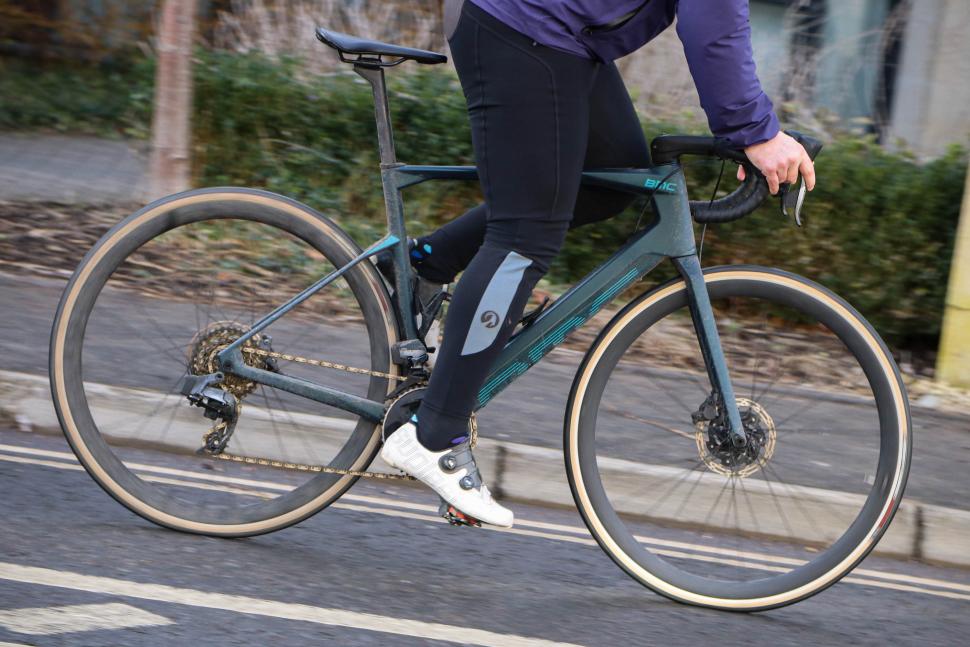


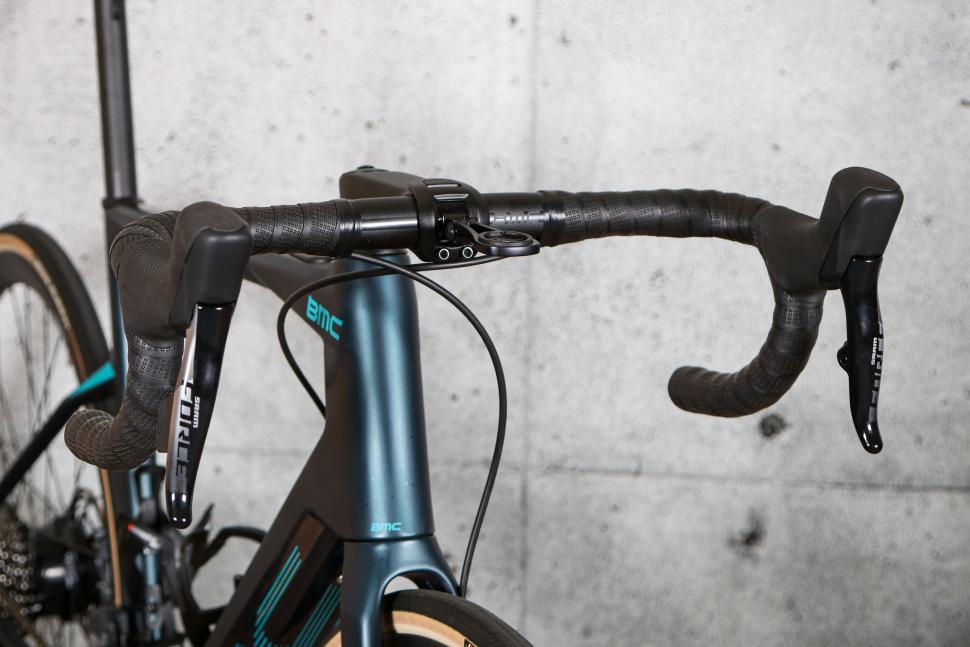

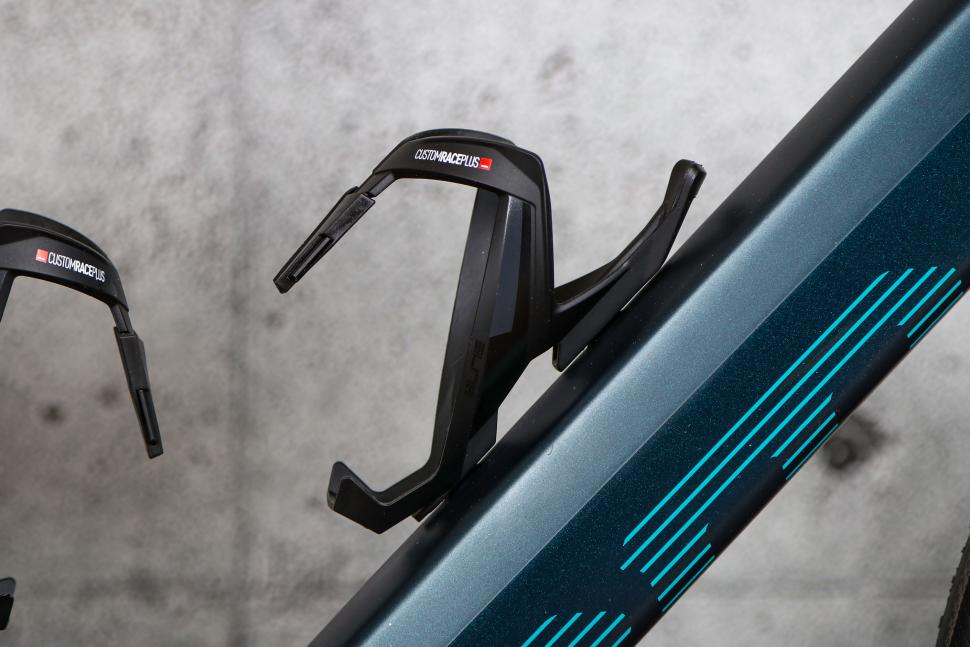

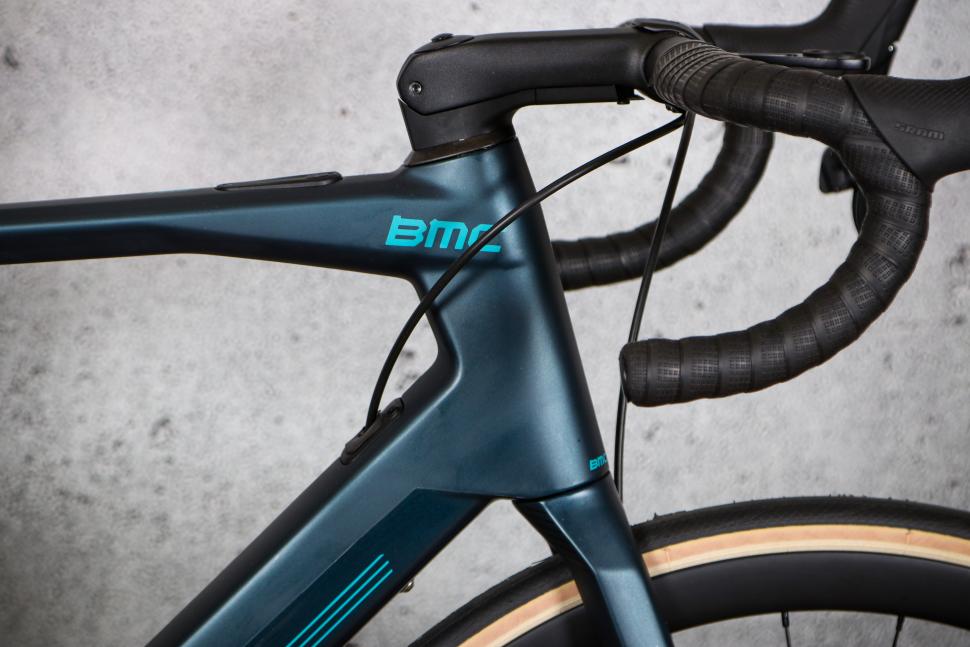
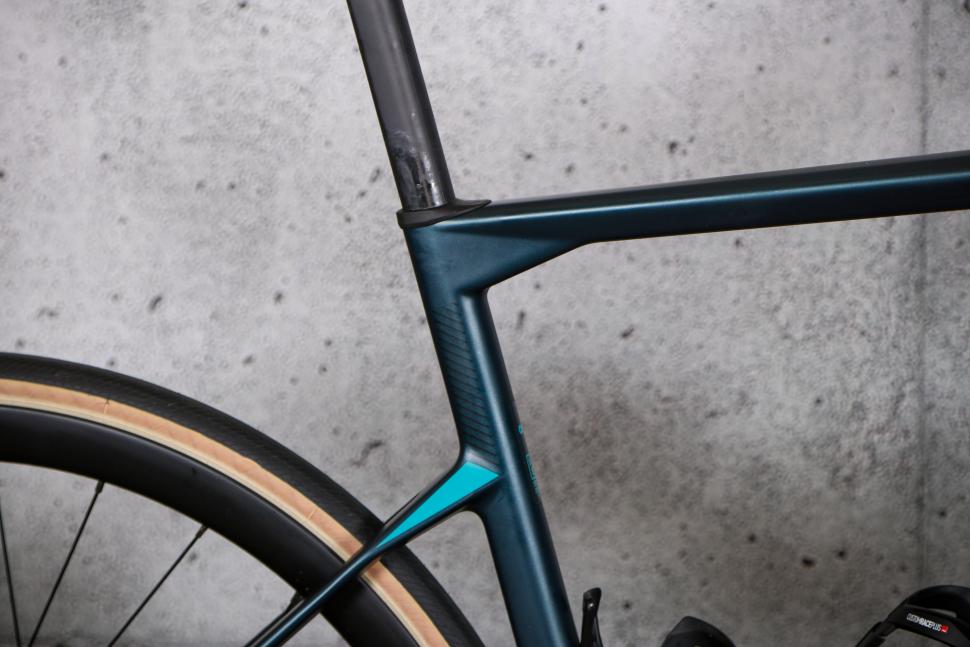

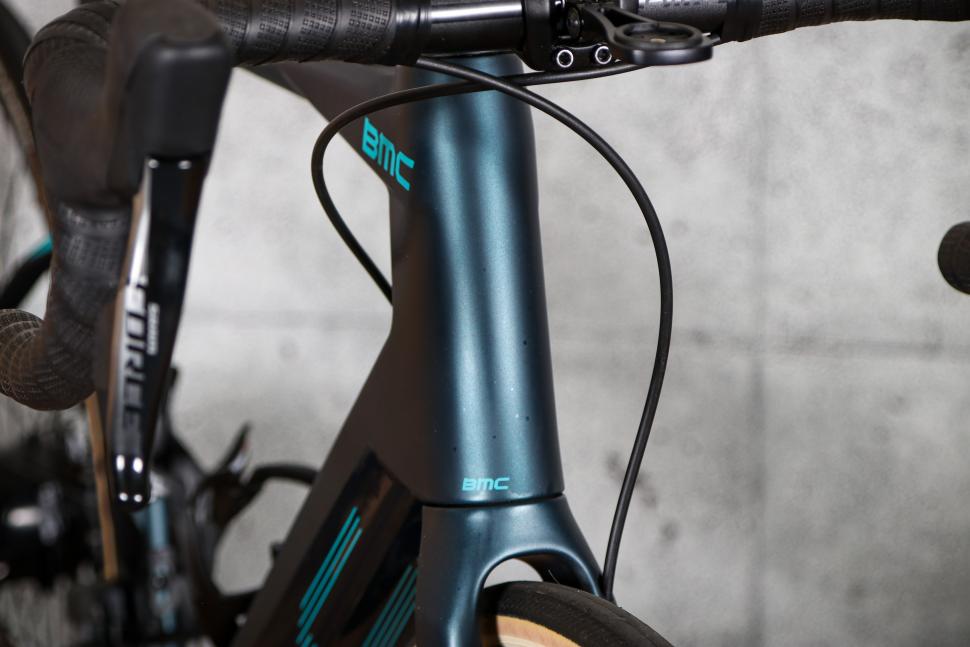


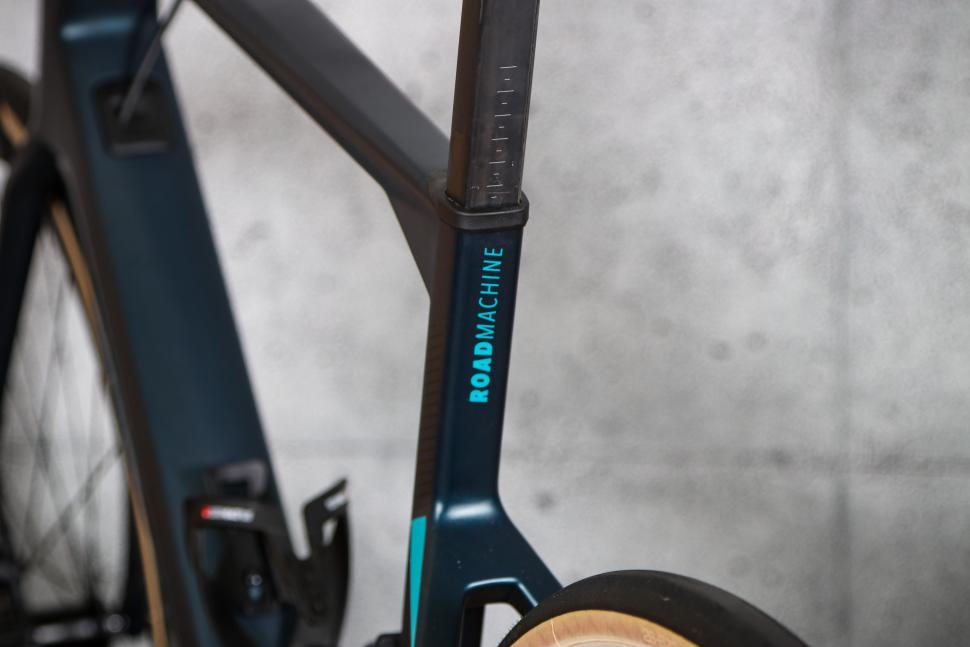


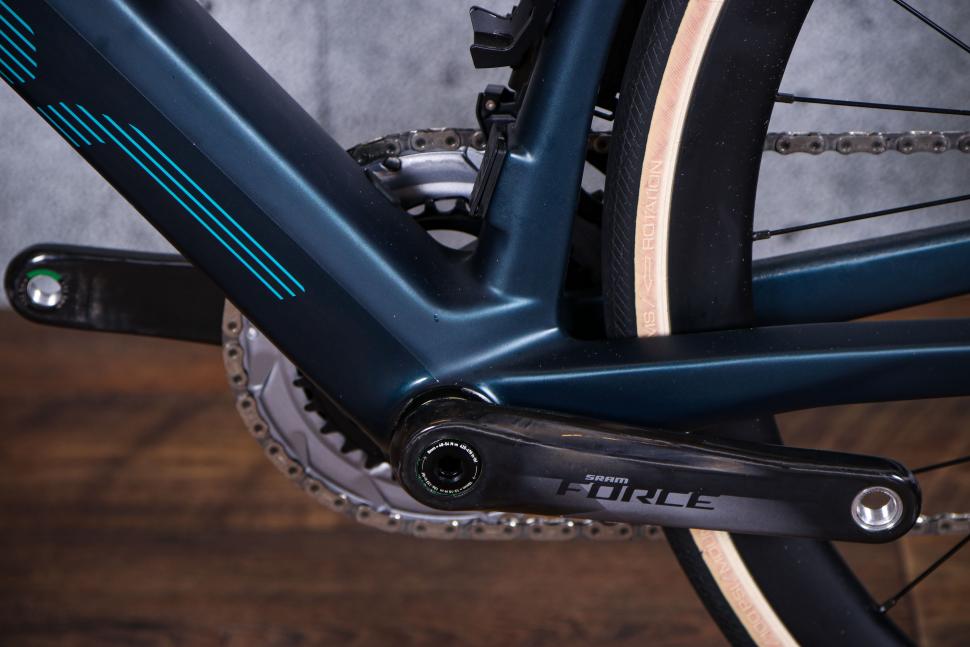
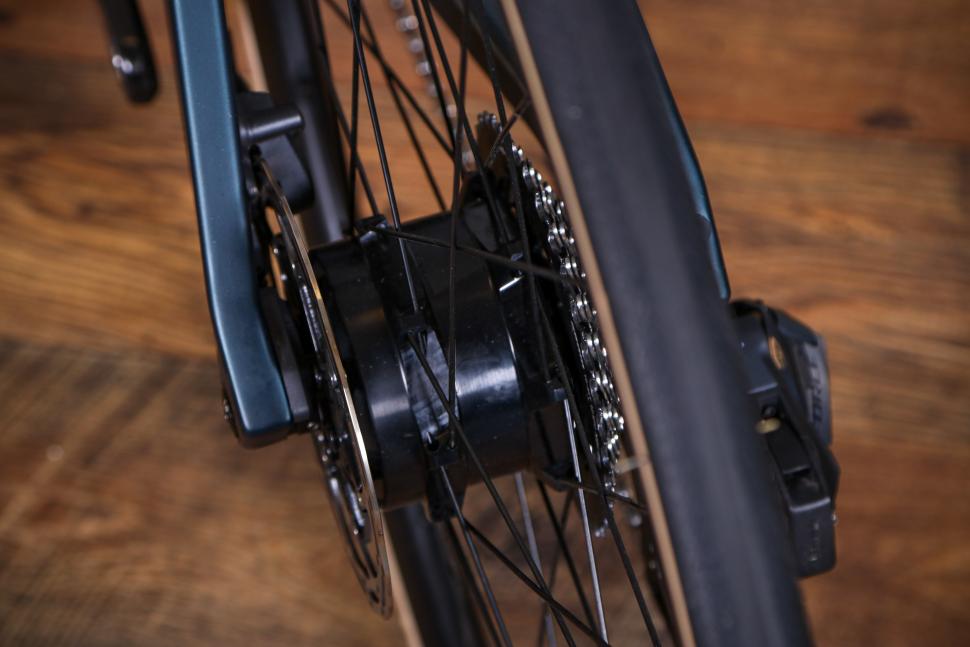
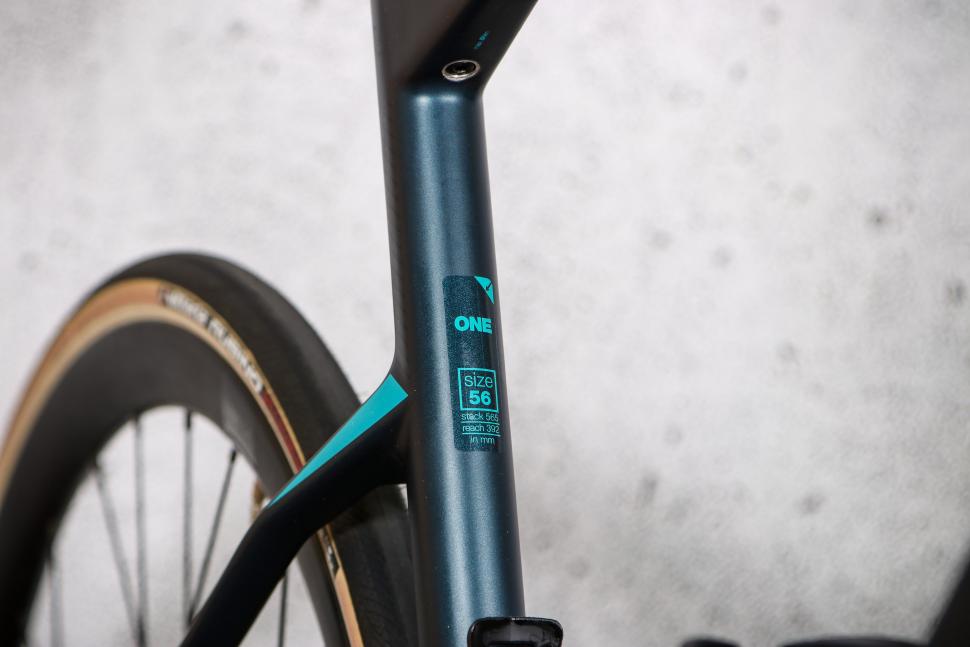


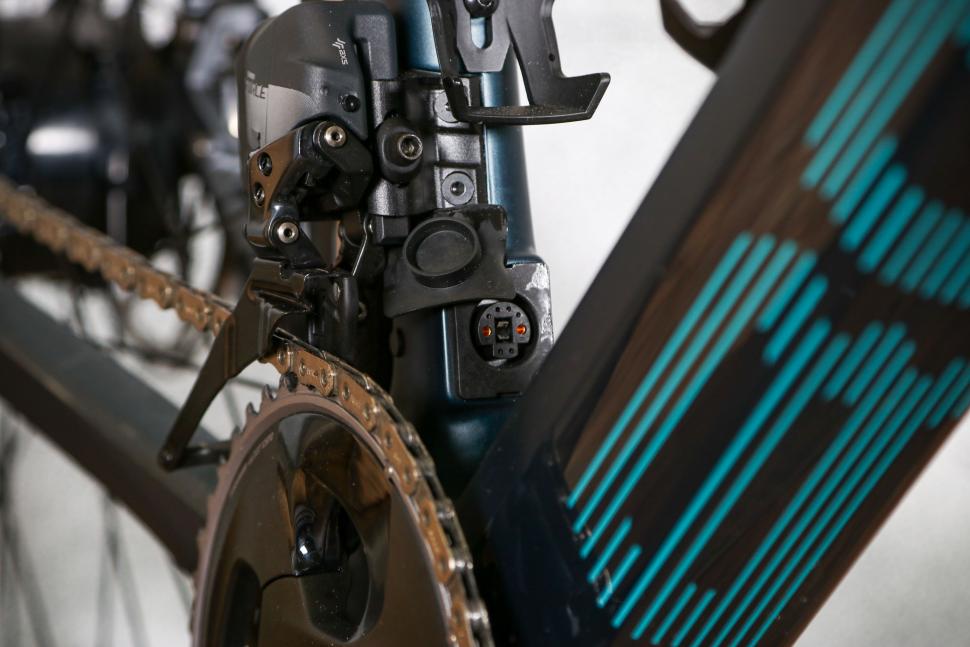
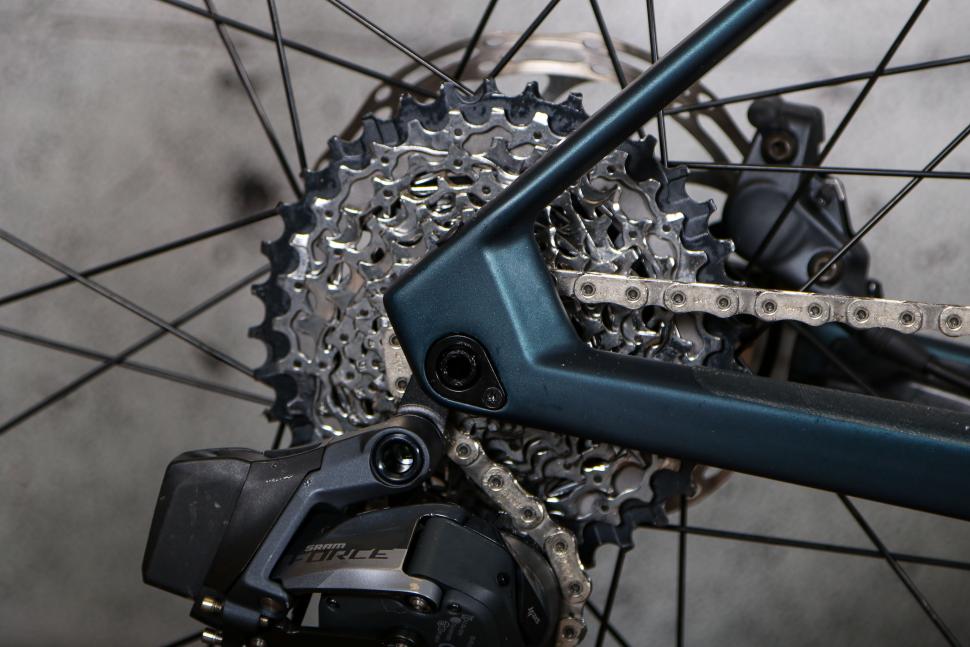
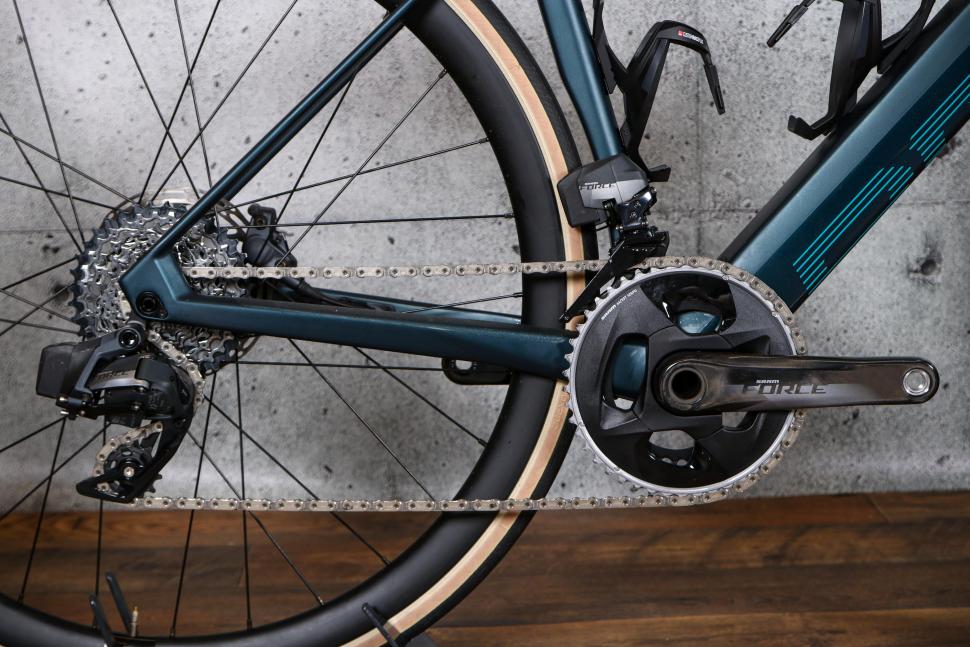
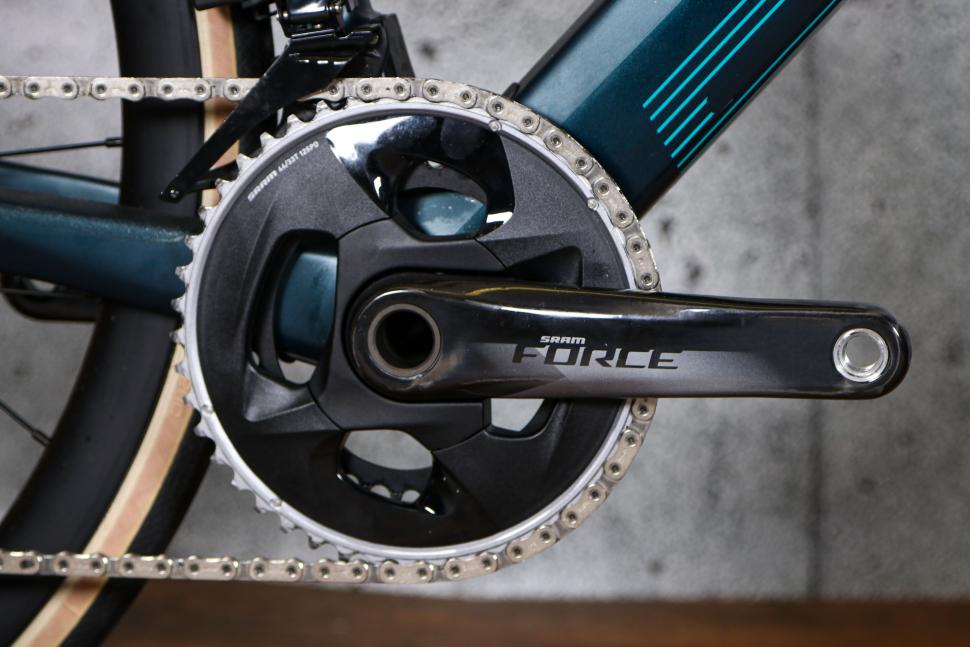


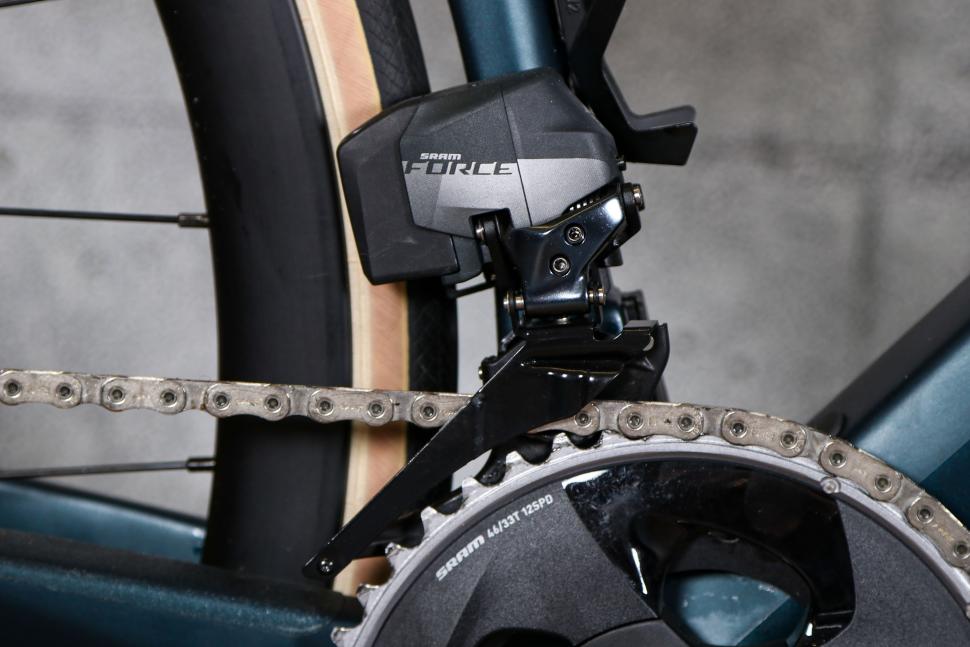
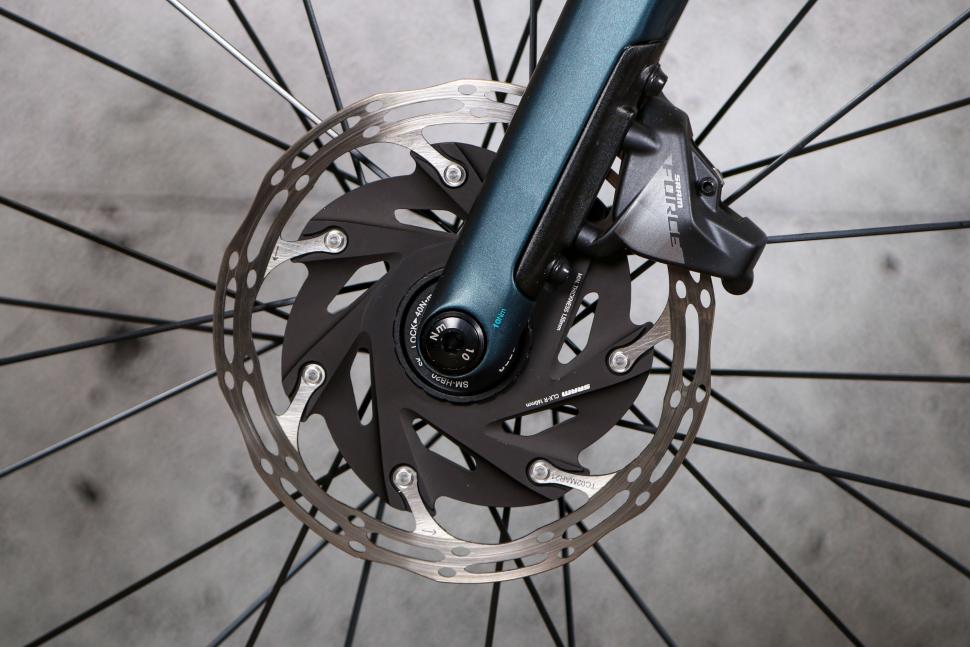
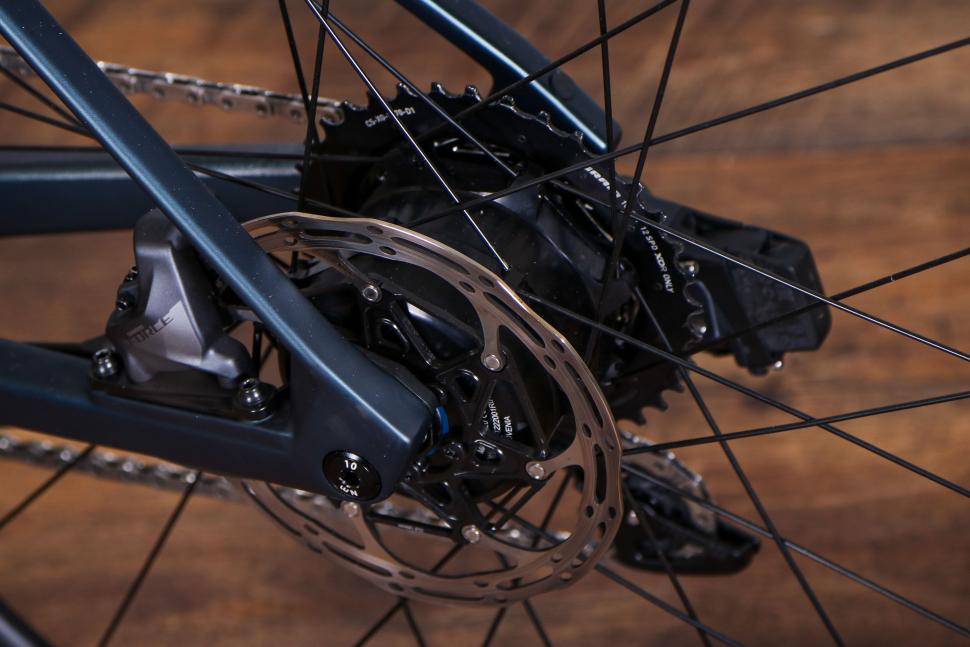
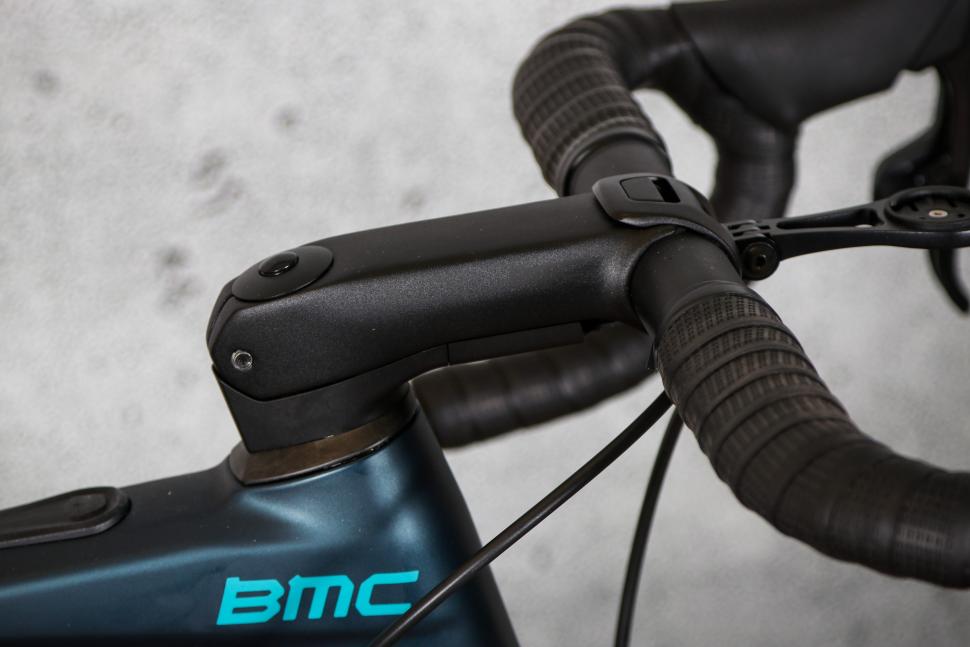
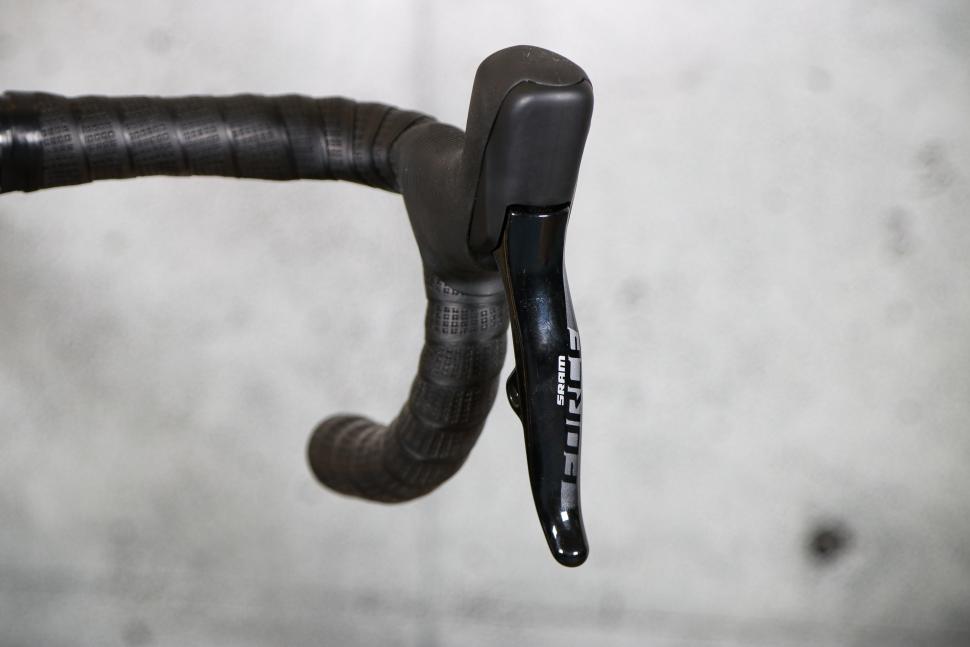

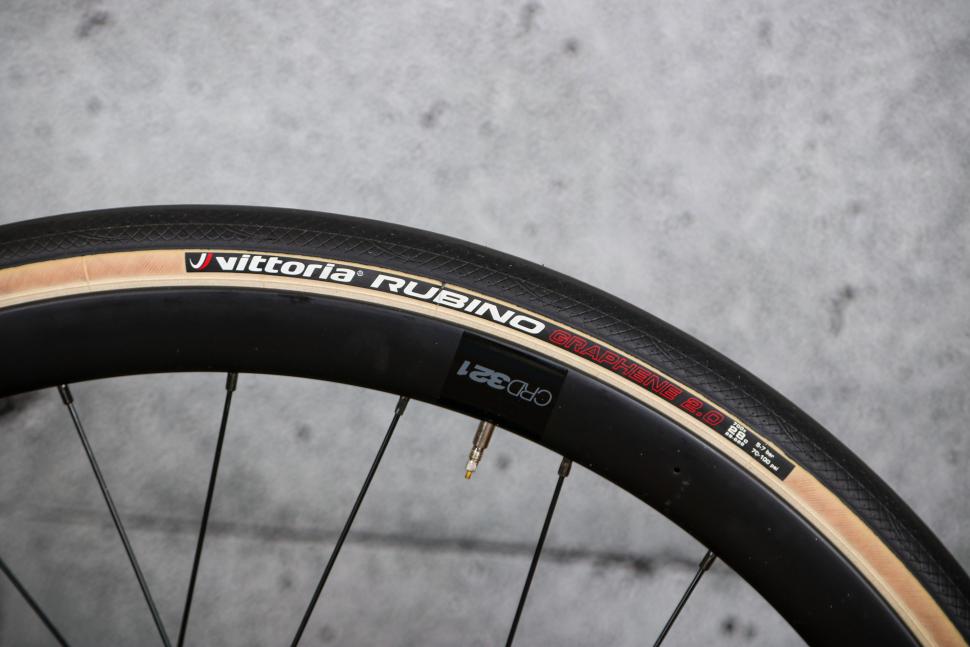
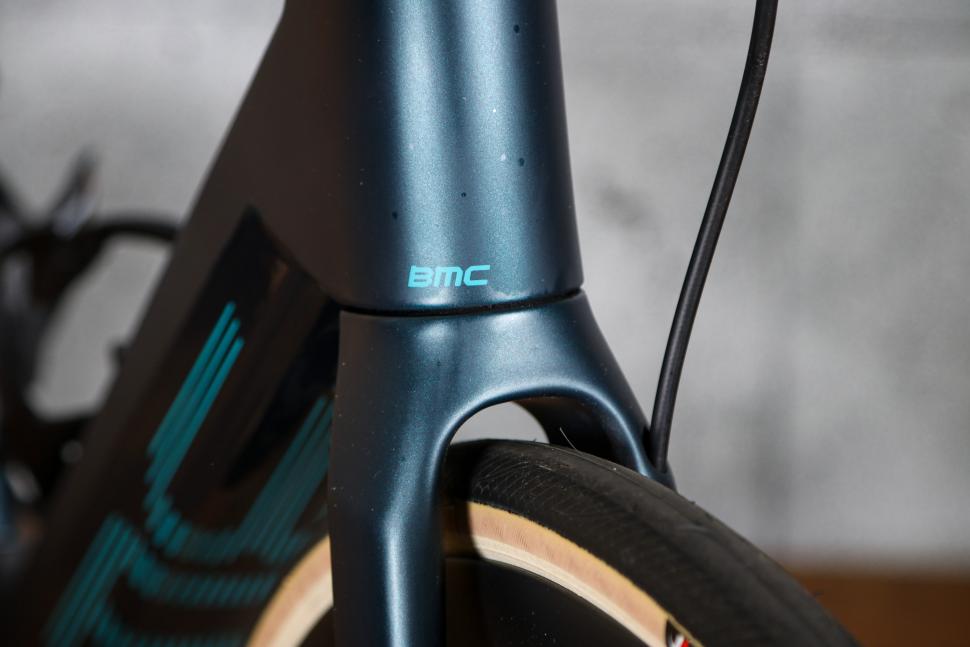
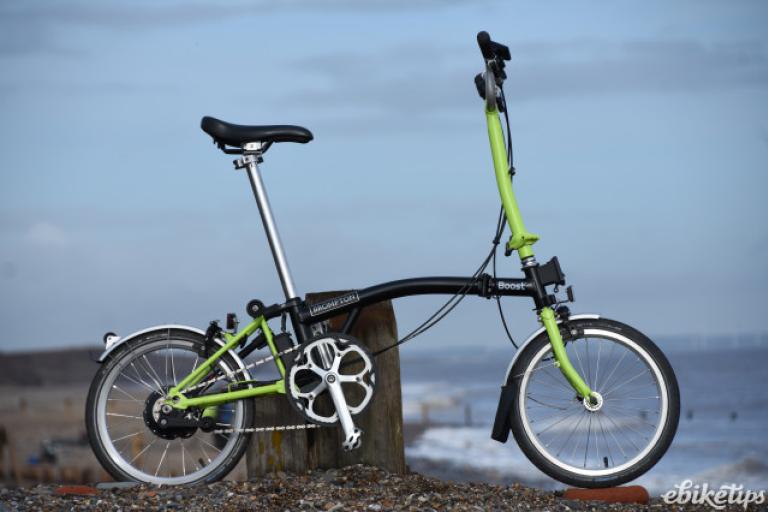
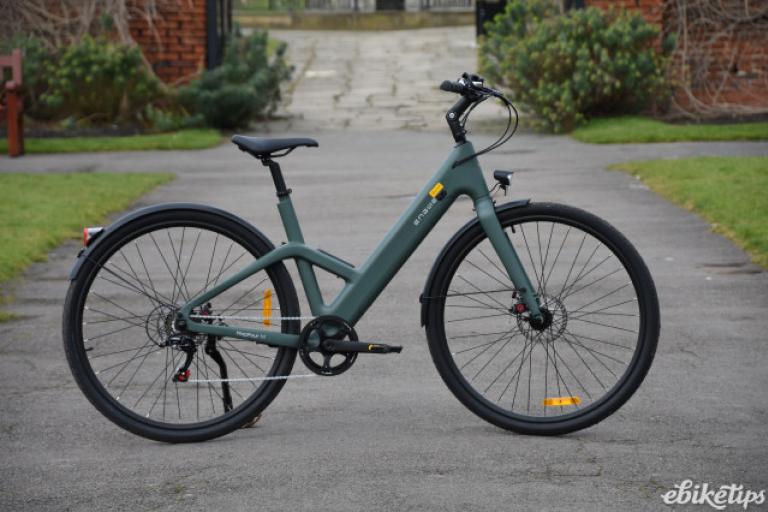
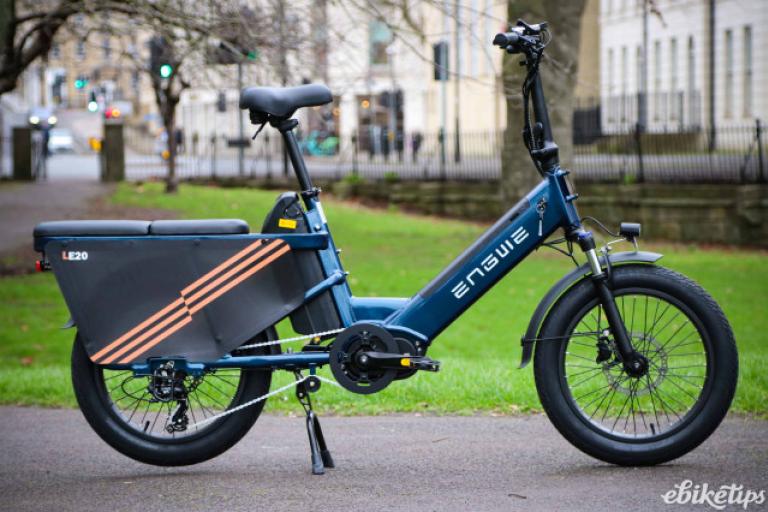
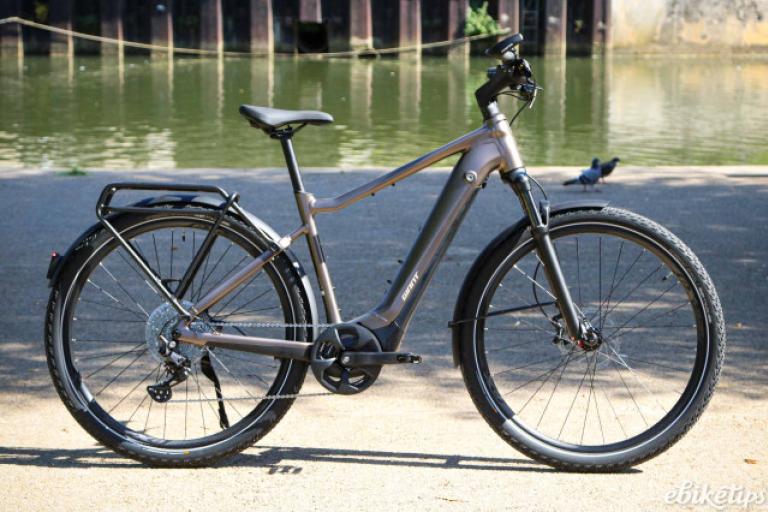
Add new comment
4 comments
Where did the very negative review of the Mahle sytem go that was posted on the site a few days ago? Totally conflicted with this review. Journalistic integrity at its best.
Think you are misremembering. It was the Fazua system that was criticised. Maybe retract that journalist integrity ding? Uncessarily aggressive imo.
https://off.road.cc/content/review/bikes/crow-gravital-ul2-review-11683
I guess if you've got over £7K to spend on a bike then you've probably got a fully kitted garage to house it. But for those who have to make do with a garden shed, having to charge the battery in the bike is a bit of a pain. Worse, charging, or discharging, the battery whilst it is stone cold frozen is not the best.
Had this situation with my daughter's ebike just last week. Also a Mahle as it happens. There is obviously some temperature protection built in, and on a cold day it displayed an error and simply refused to charge. Consulting the instructions suggests that it it is designed not to charge below 10 degrees C. I think it is a bit more accomodating than that, but could be annoying if you rely on night-time recharging through the winter. For us, it was no issue: the weather warmed a bit later in the day and it charged fine.